|
|
|
Книги Добелли Рольф

|
«Есть мнение, что изначально человеческий мозг рассчитан лишь на две функции: охота и собирательство. Но времена, увы, изменились, и теперь мы погружены в пестрый мир денег, карьерных устремлений, семейных и социальных отношений. И вот мы попадаем в «ментальные ловушки», заботливо расставленные нашим неподготовленным подсознанием. Рольф Добелли, посвятив изучению вопроса не один год, проанализировал 52 ментальные ловушки, в которых мы, сами того не замечая, оказываемся и зачастую не понимаем, как из них выпутаться. Эта книга поможет вам взглянуть на себя и окружающих иначе, откроет дверь в ту реальность, которой вы до этого не знали. Зачем портить себе жизнь завтра, когда ты можешь исправить ее уже сегодня?» |

|
Wer Rolf Dobellis gescheite Texte über unsere häufigsten Denkfehler gelesen hat, weiß mehr, doch ist er noch lange nicht aus dem Schneider. Denn auf dem Weg vom Denken zum Handeln lauern weitere Fallstricke. Glücklicherweise kann man die umgehen – wenn man weiß, wie. Dazu gibt uns Rolf Dobelli das nötige Rüstzeug. Schlagen Sie nicht jeden Irrweg ein, nur weil andere ihn gehen. Lernen Sie aus den Fehlern, die andere freundlicherweise für Sie machen. Denken Sie klar und handeln Sie klug! |

|
«Despite the best of intentions, humans are notoriously bad-that is, irrational-when it comes to making decisions and assessing risks and tradeoffs. Psychologists and neuroscientists refer to these distinctly human foibles, biases, and thinking traps as «cognitive errors.» Cognitive errors are systematic deviances from rationality, from optimized, logical, rational thinking and behavior. We make these errors all the time, in all sorts of situations, for problems big and small: whether to choose the apple or the cupcake; whether to keep retirement funds in the stock market when the Dow tanks, or whether to take the advice of a friend over a stranger. The «behavioral turn» in neuroscience and economics in the past twenty years has increased our understanding of how we think and how we make decisions. It shows how systematic errors mar our thinking and under which conditions our thought processes work best and worst. Evolutionary psychology delivers convincing theories about why our thinking is, in fact, marred. The neurosciences can pinpoint with increasing precision what exactly happens when we think clearly and when we dont. Drawing on this wide body of research, The Art of Thinking Clearly is an entertaining presentation of these known systematic thinking errors--offering guidance and insight into everything why you shouldnt accept a free drink to why you SHOULD walk out of a movie you dont like it to why its so hard to predict the future to why shouldnt watch the news. The book is organized into 100 short chapters, each covering a single cognitive error, bias, or heuristic. Examples of these concepts include: Reciprocity, Confirmation Bias, The It-Gets-Better-Before-It-Gets-Worse Trap, and the Man-With-A-Hammer Tendency. In engaging prose and with real-world examples and anecdotes, The Art of Thinking Clearly helps solve the puzzle of human reasoning.» |
|